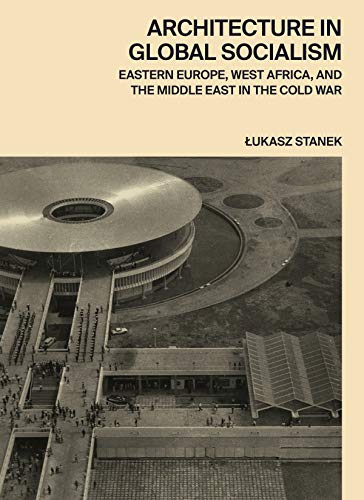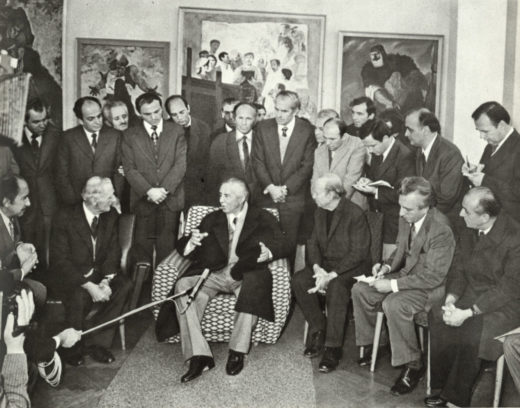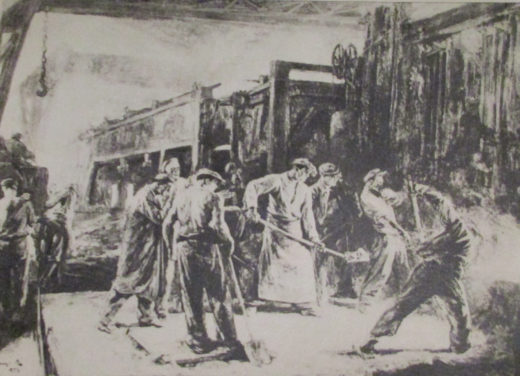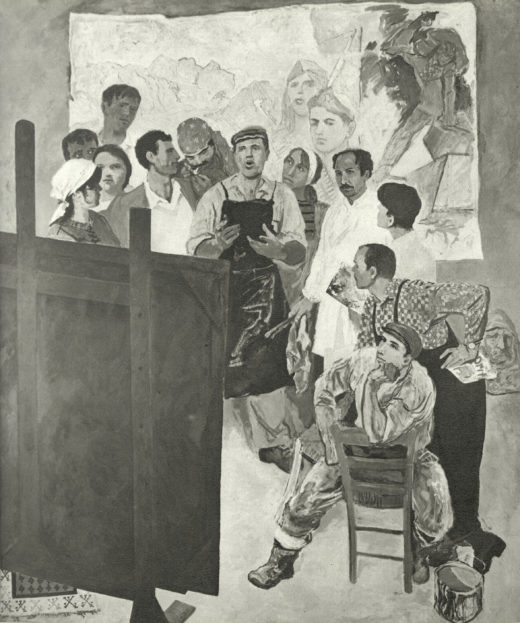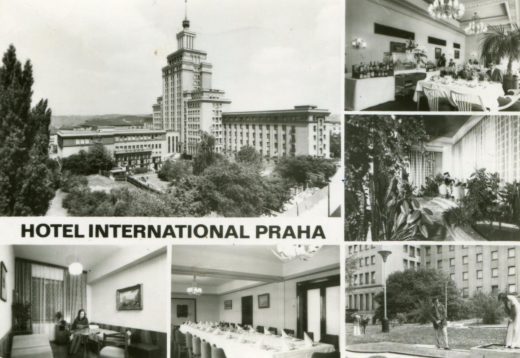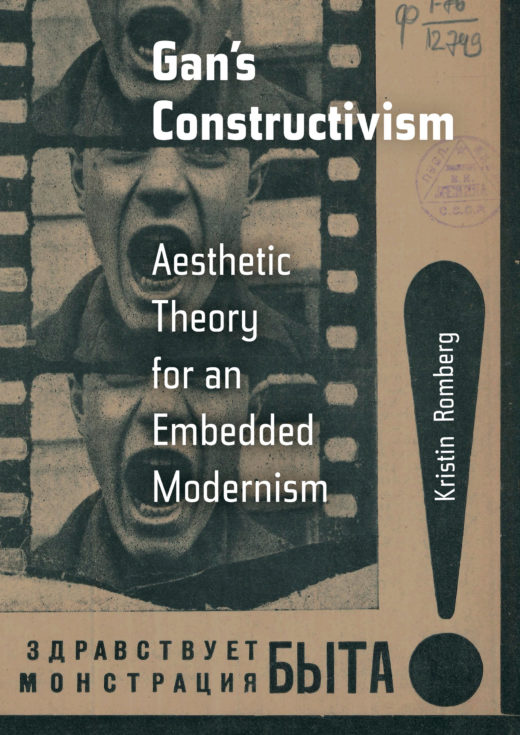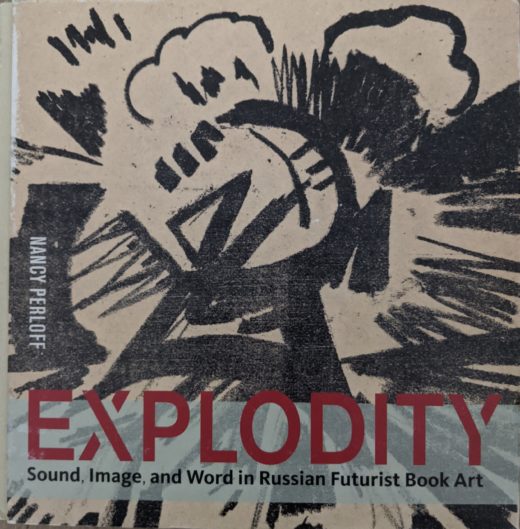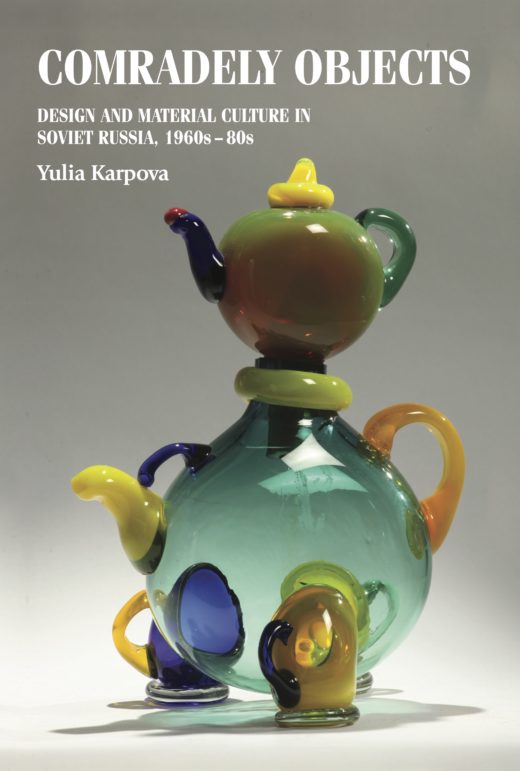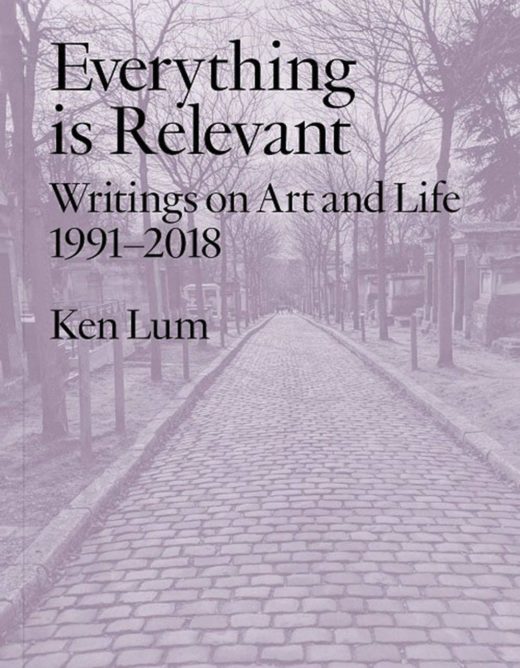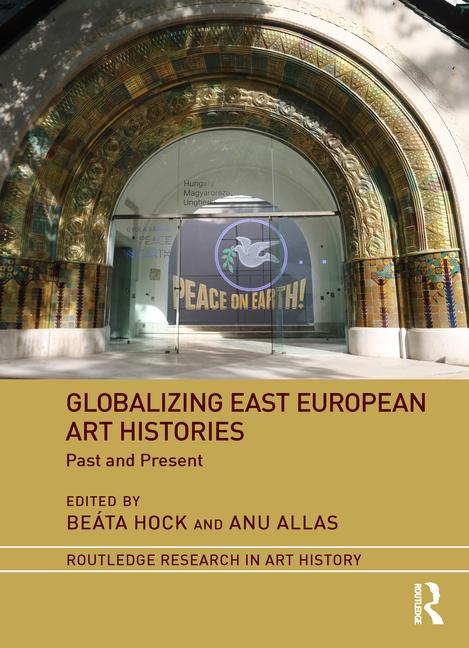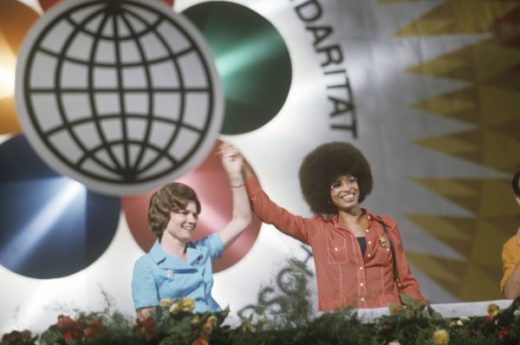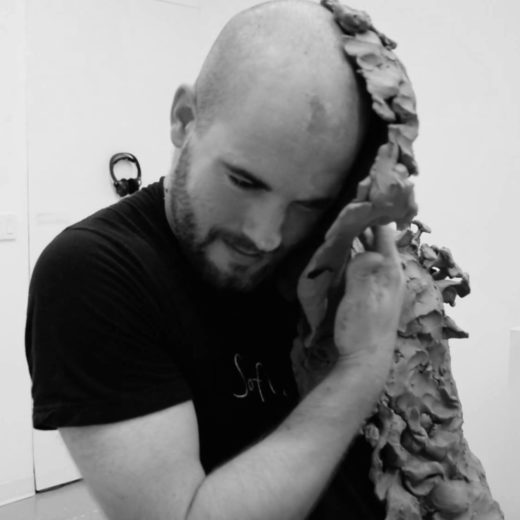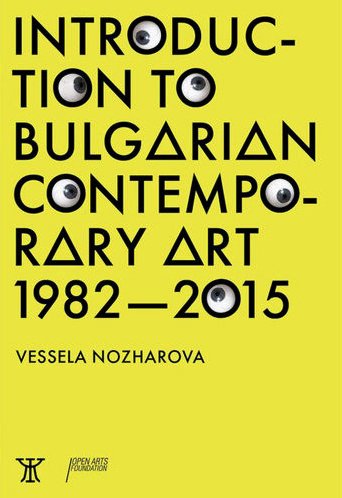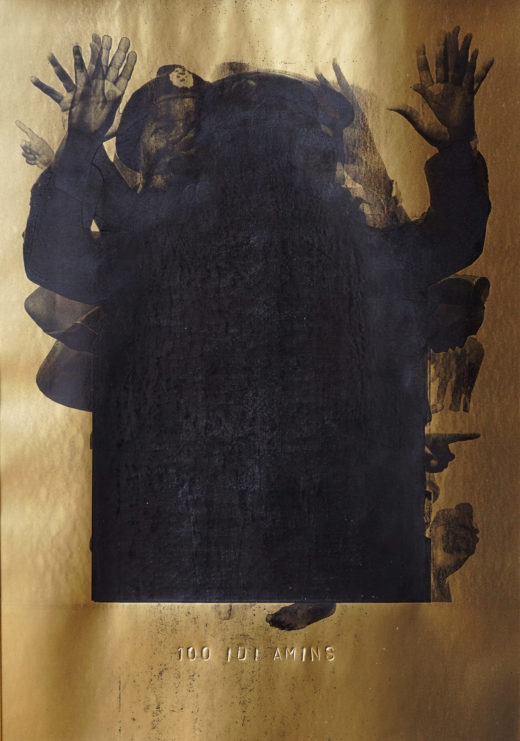Bricolage Within the Imperial Divide: Introduction to Iftikhar Dadi and Elizabeth Dadi’s Jugaad
Jugaad continues Iftikhar and Elizabeth Dadi’s extended artistic investigation of informality in the Global South, which arguably constitutes the majority experience of this vast region. Development became a central problematic for Africa and Asia in the wake of political decolonization of the mid twentieth century, encompassing the ambition for formal planning of large-scale infrastructure and state intervention in human development. But this project was always incomplete and resonated in complex ways with the tenacious growth of informal living and working arrangements whose legacies can be traced back to the colonial era. Informality is amplified in contemporary globalization that is often … Read more

